

Precisely; for context, it was recently discussed in Dutch media how some of these e-bikes reach 60 km/h. Together with a culture of people refusing to wear bicycle helmets, there’s certainly some more nuance and middle ground.
There needs to be some kind of solution, but doing nothing is not really an option.

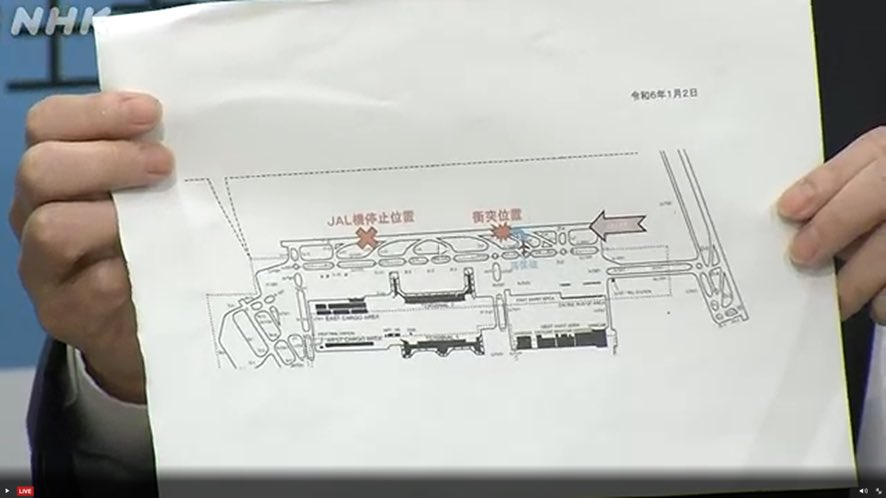
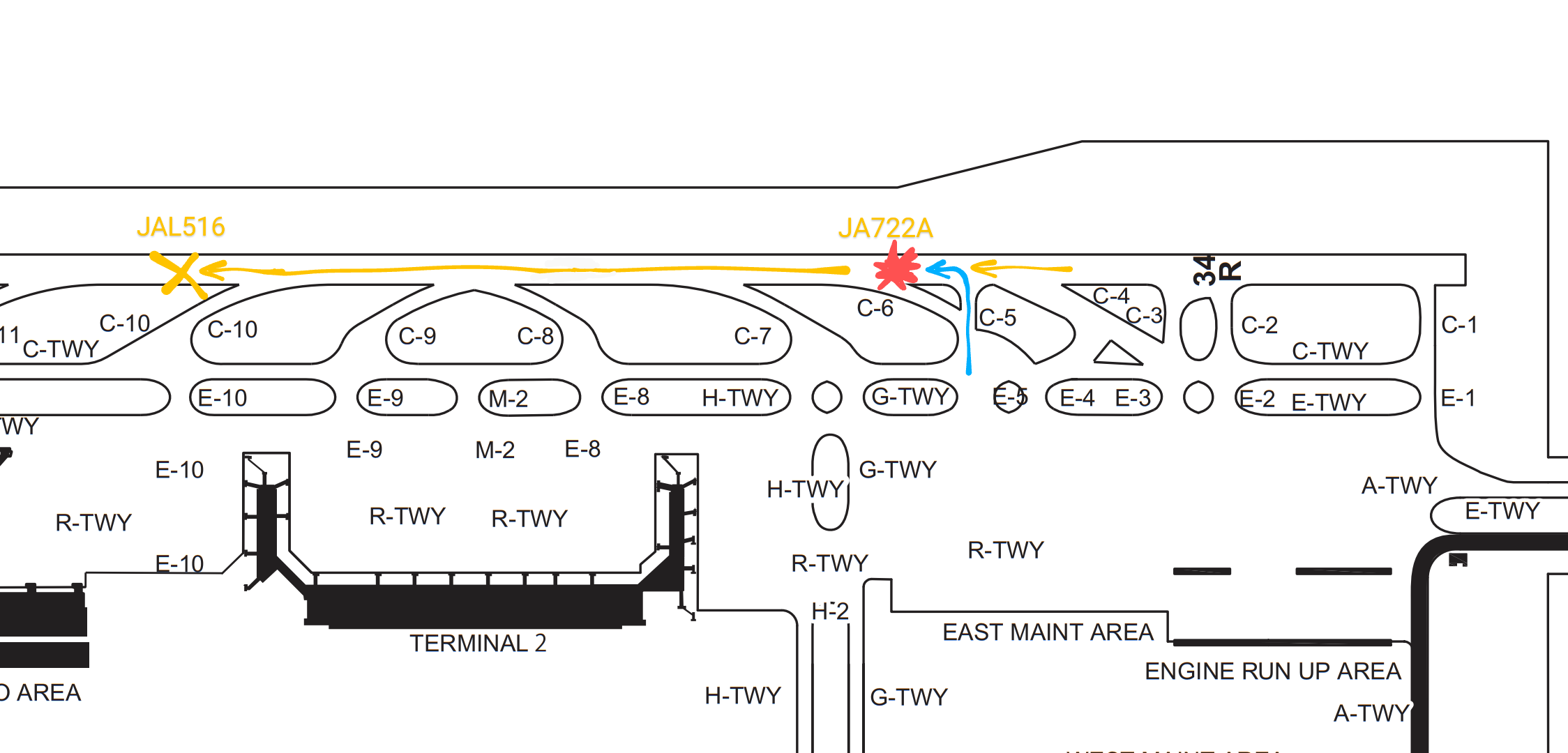
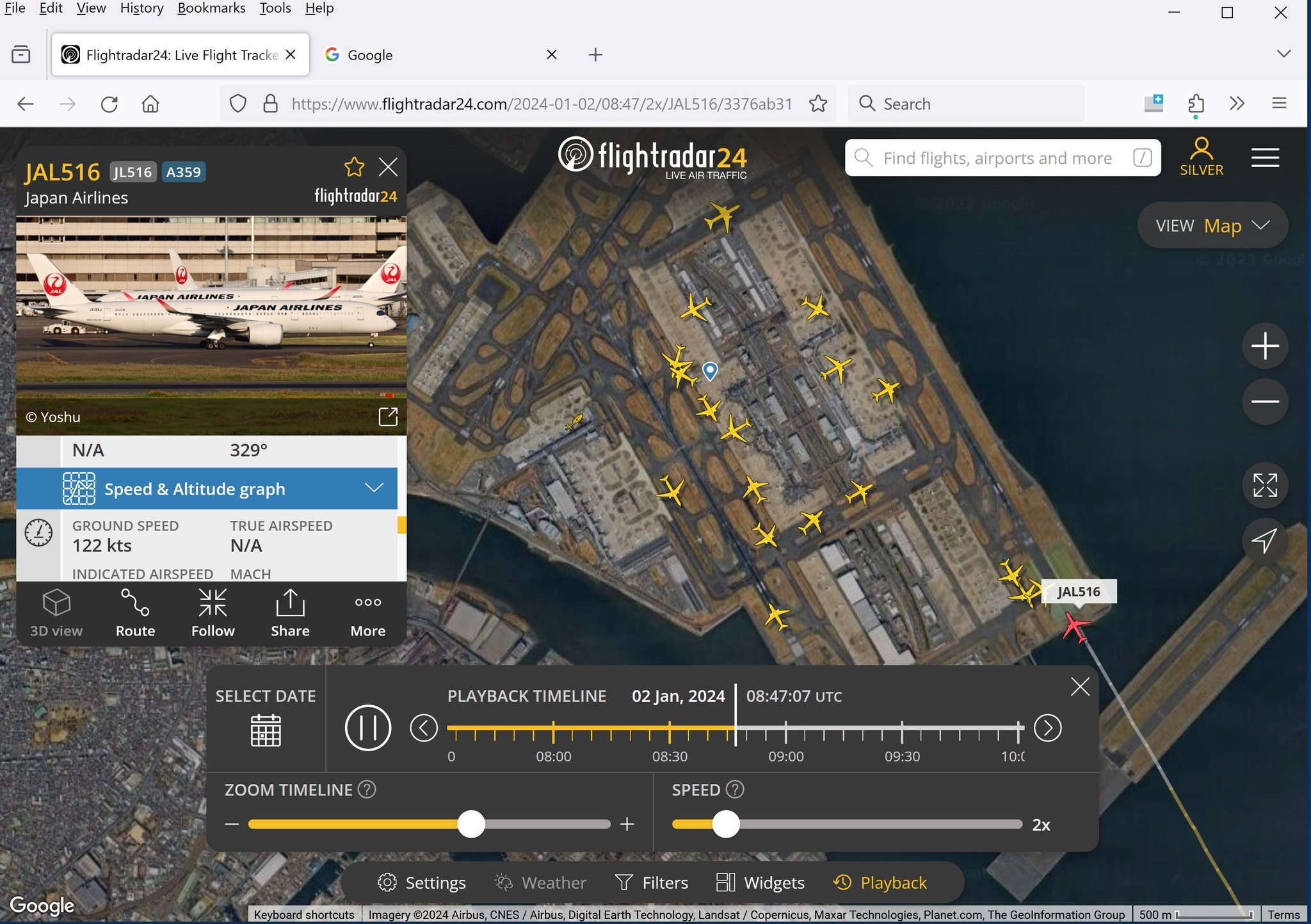
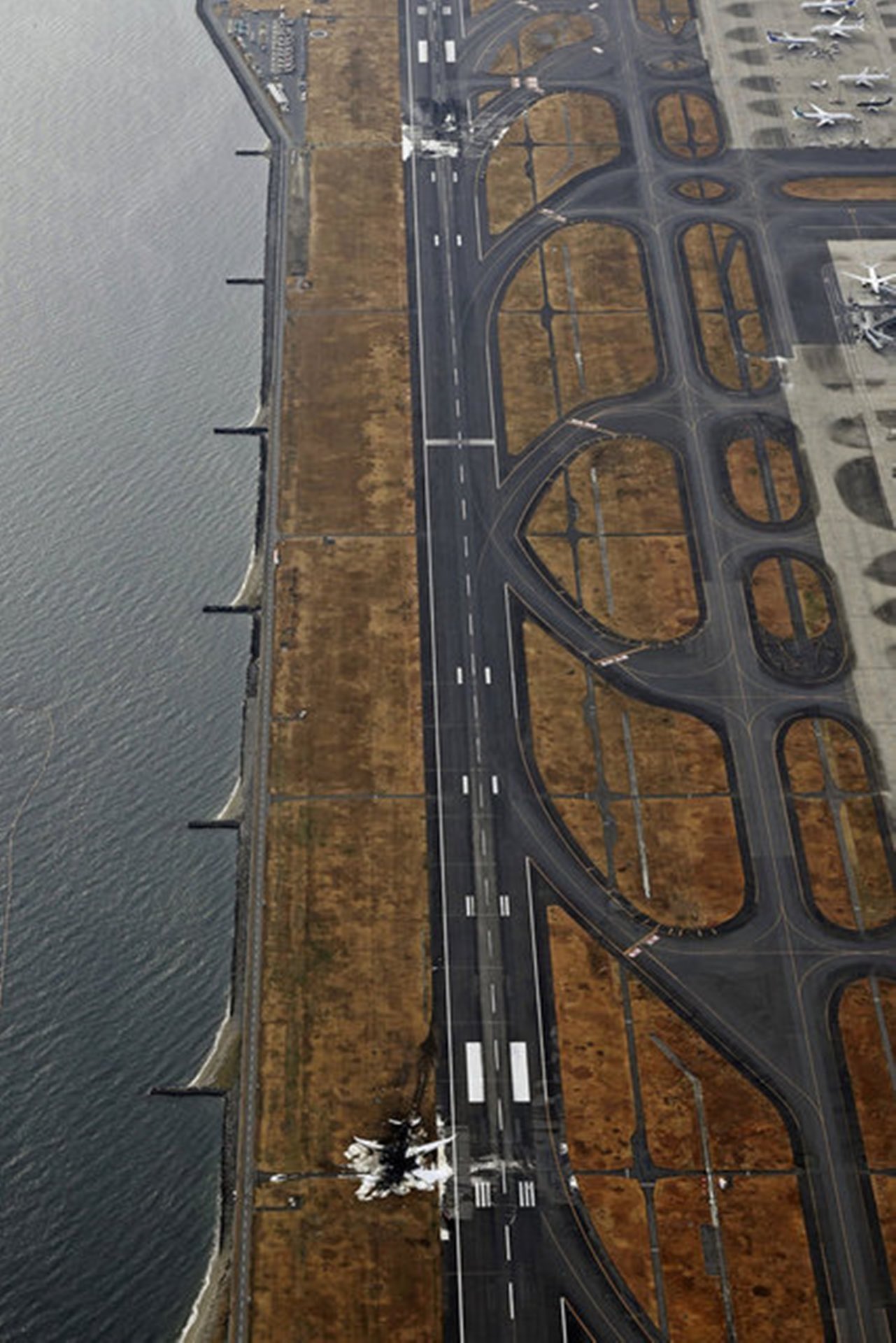
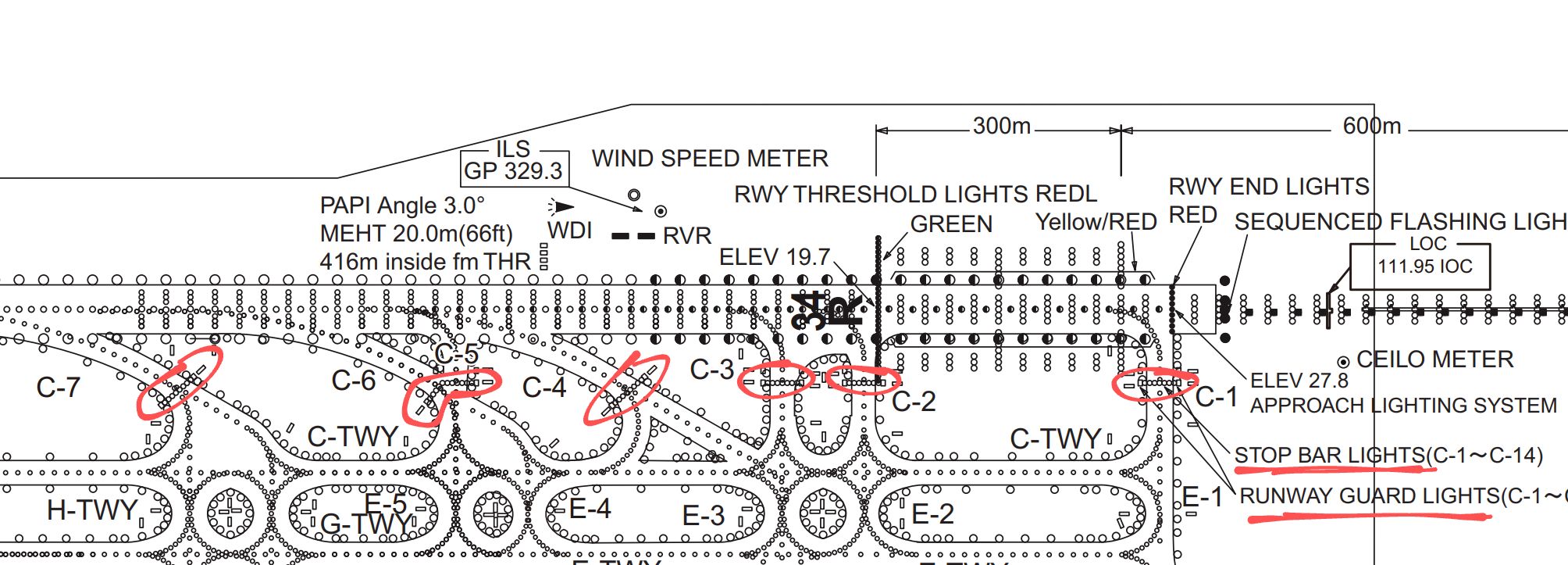
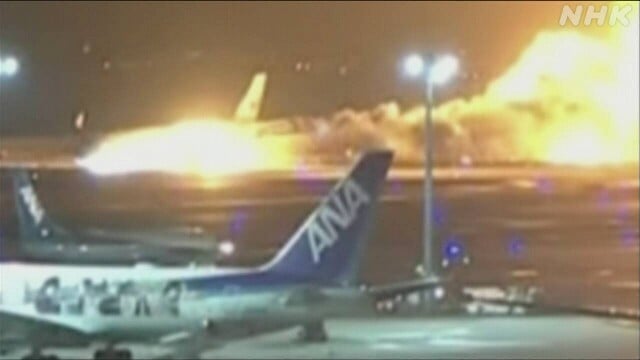
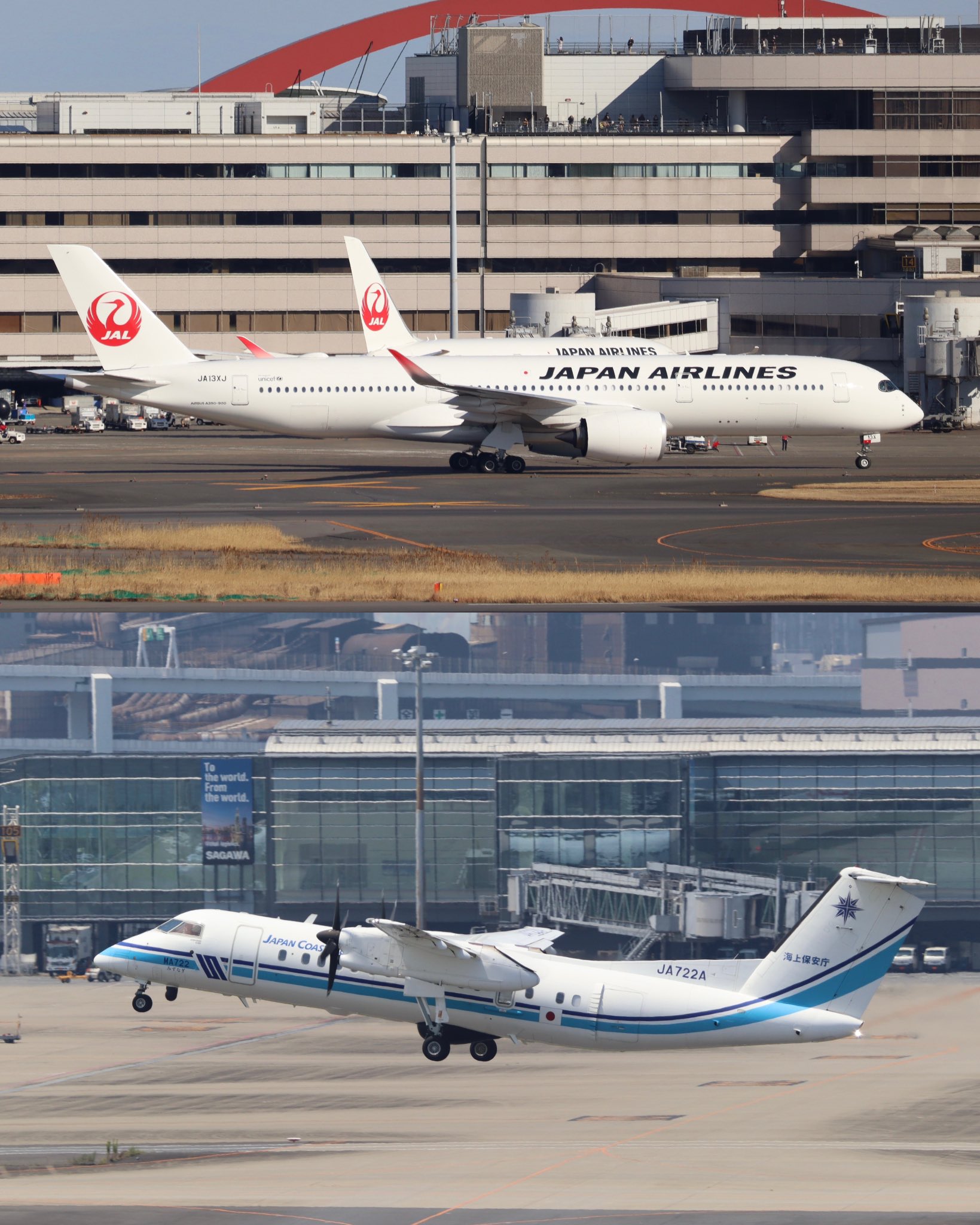
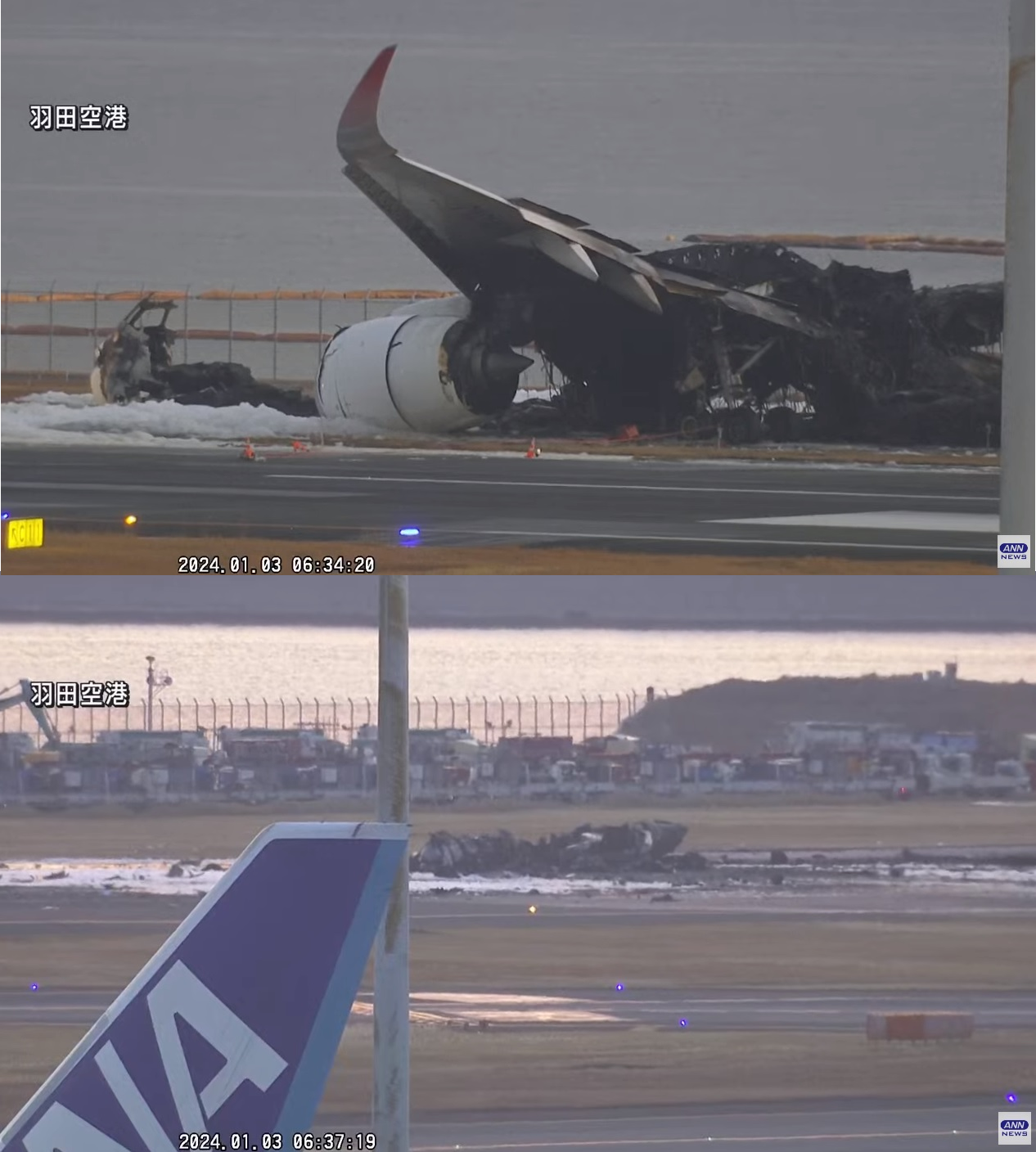
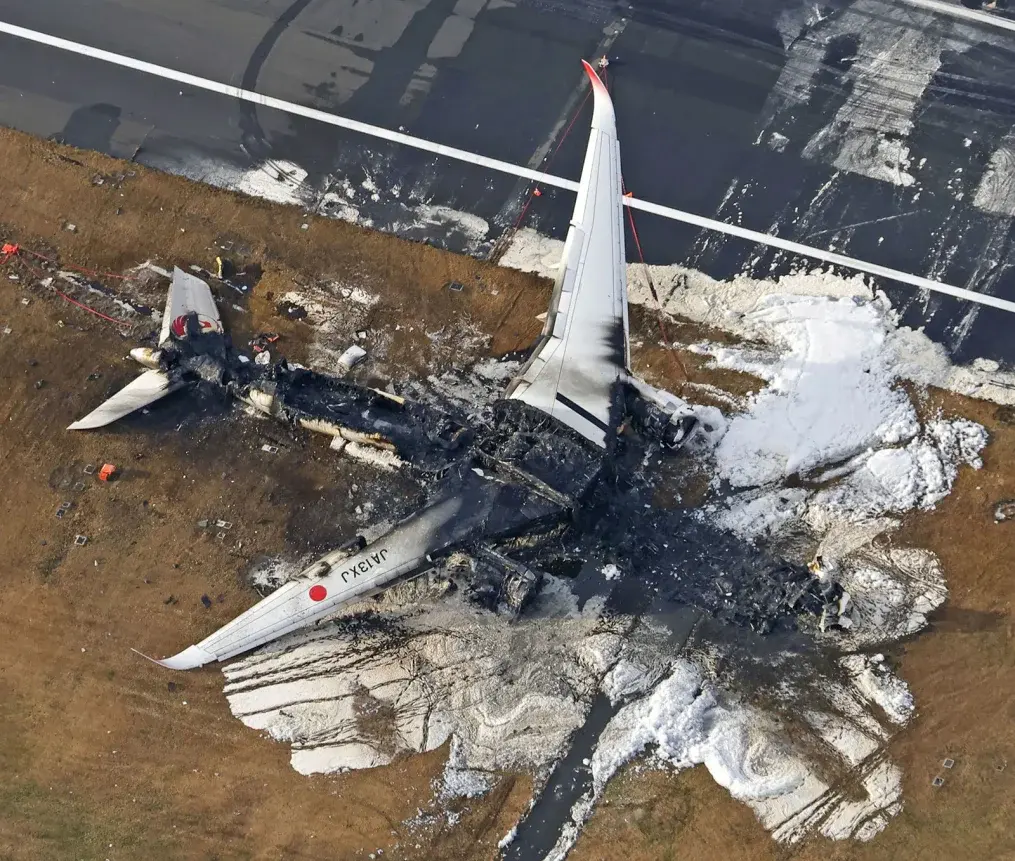
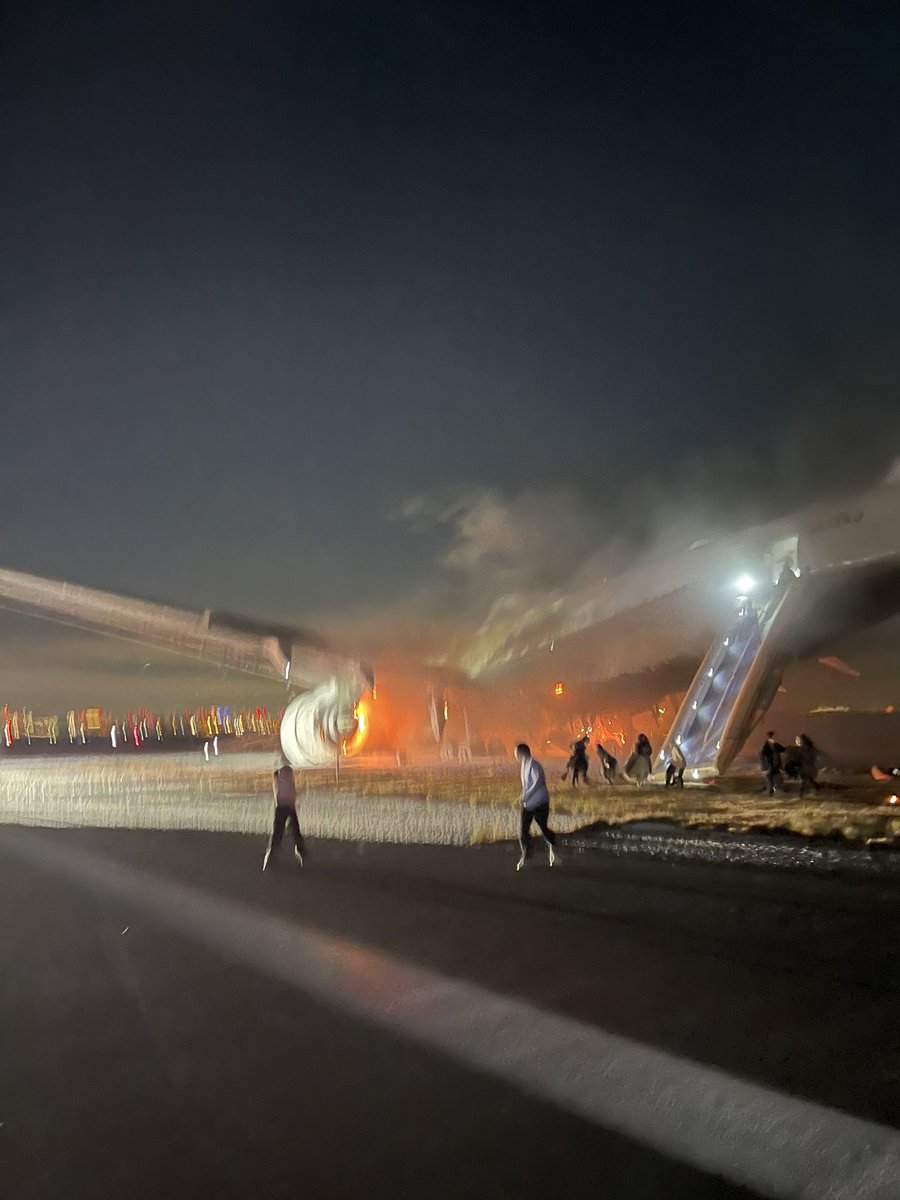
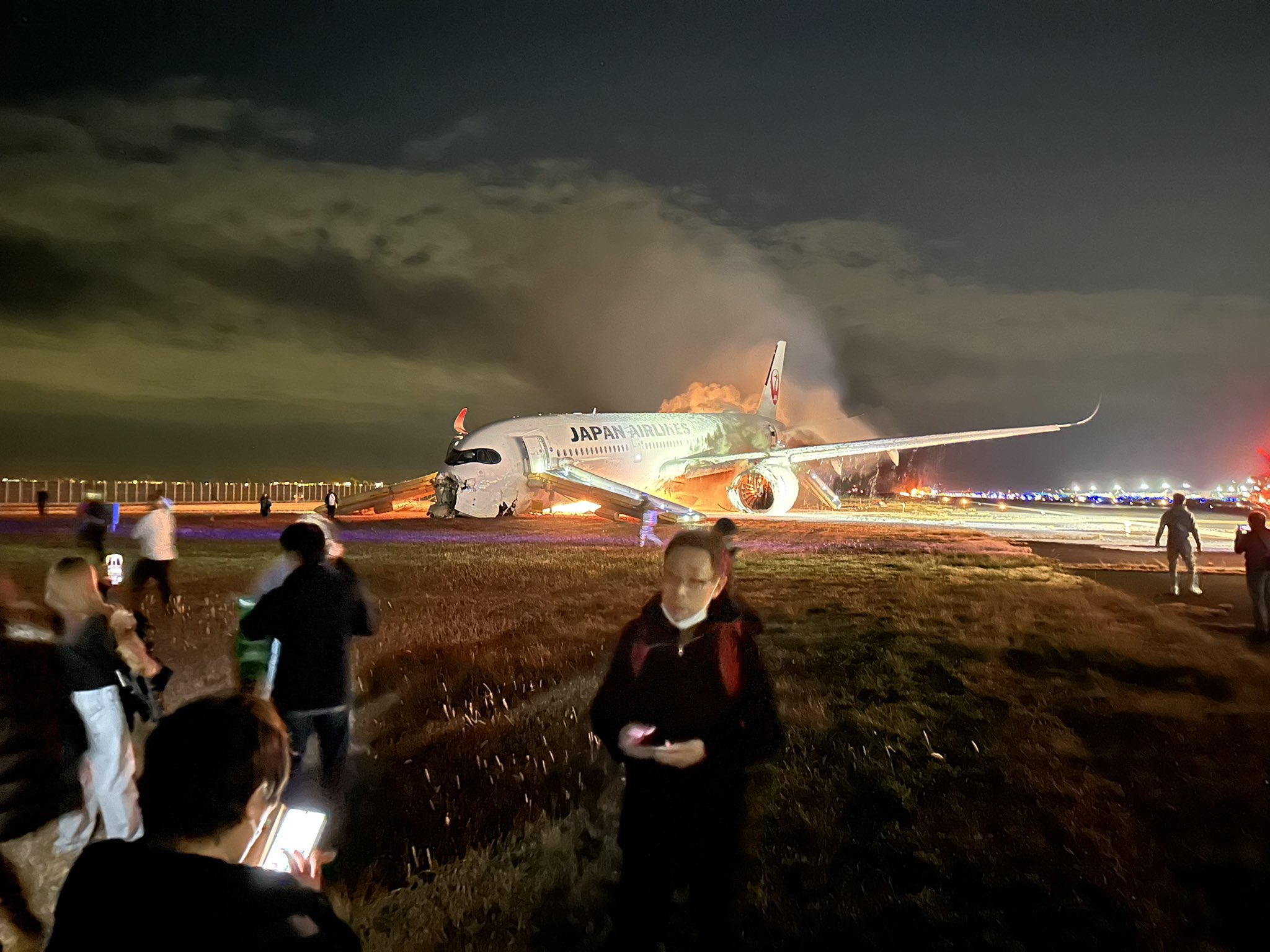

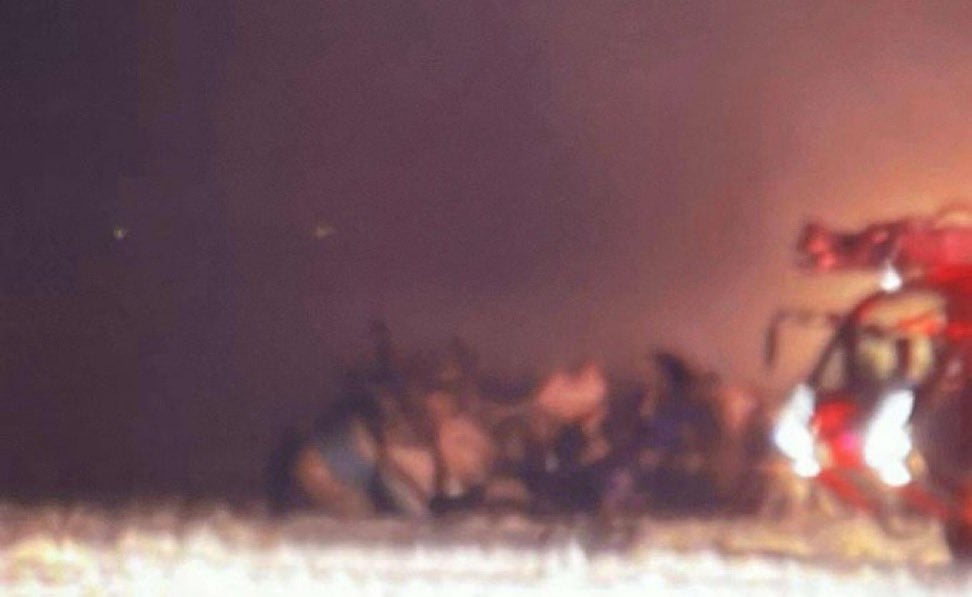
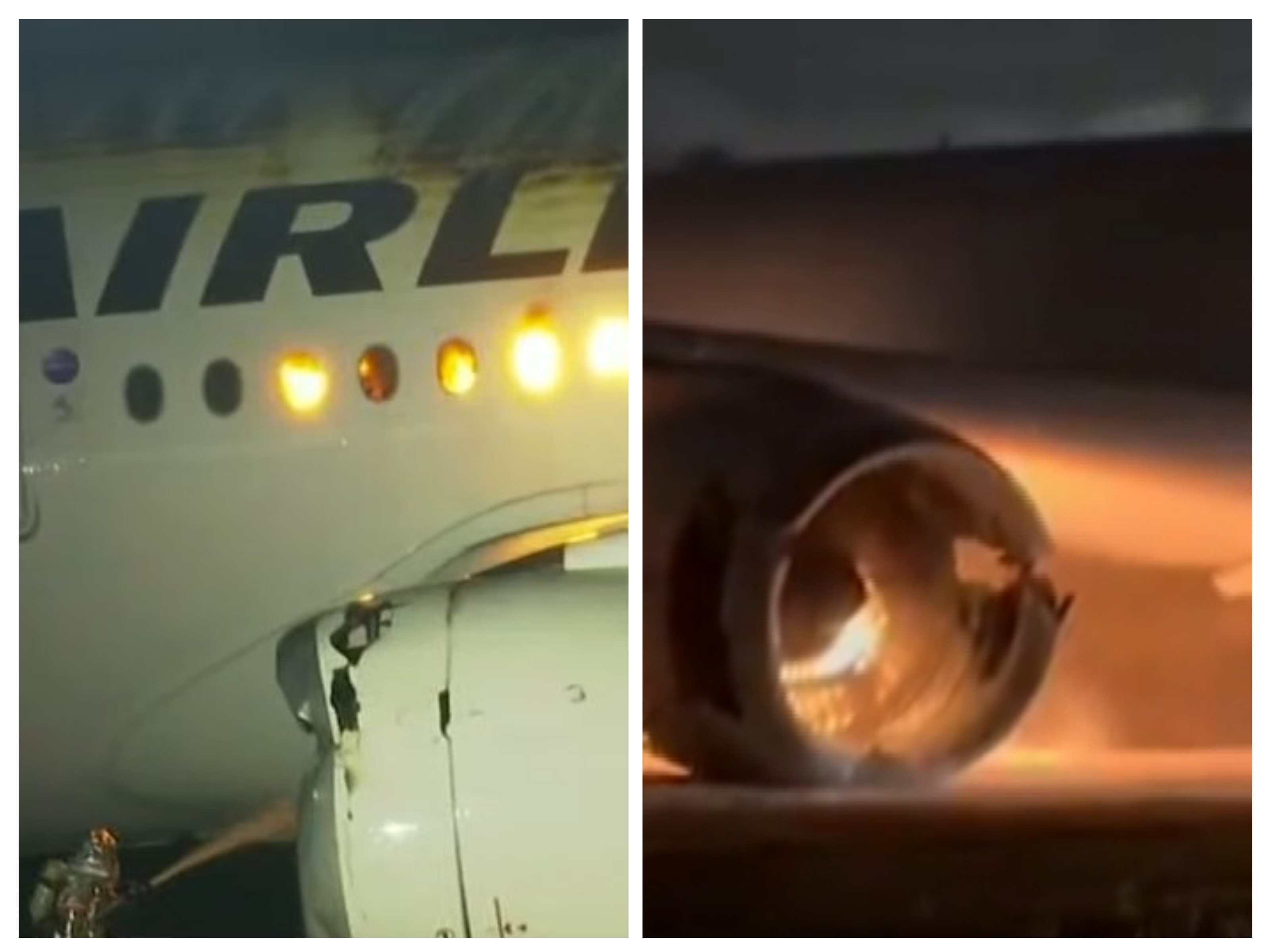
Maybe Wise? I suppose it depends on your needs as not a whole lot of people use Wise.